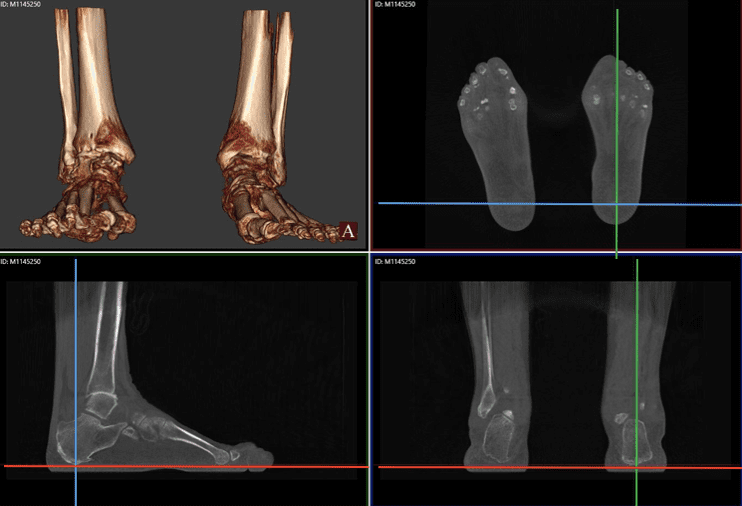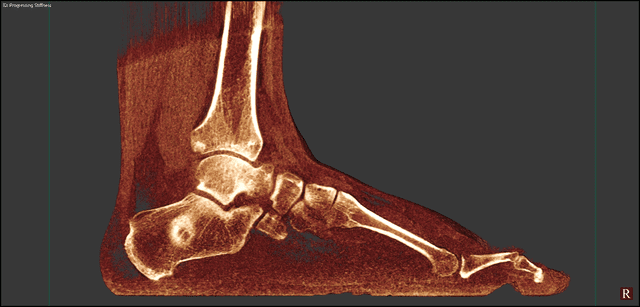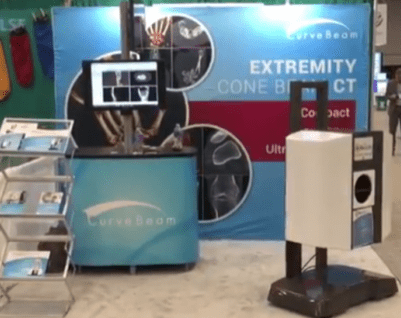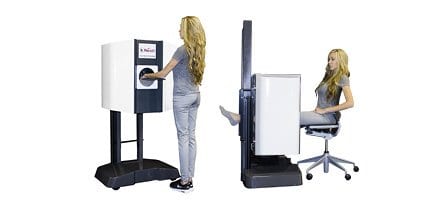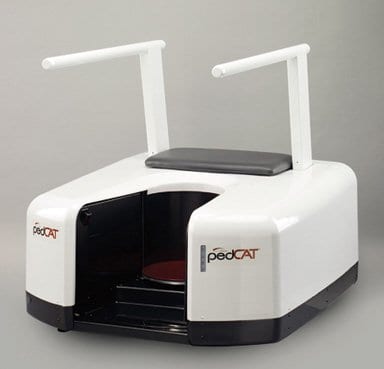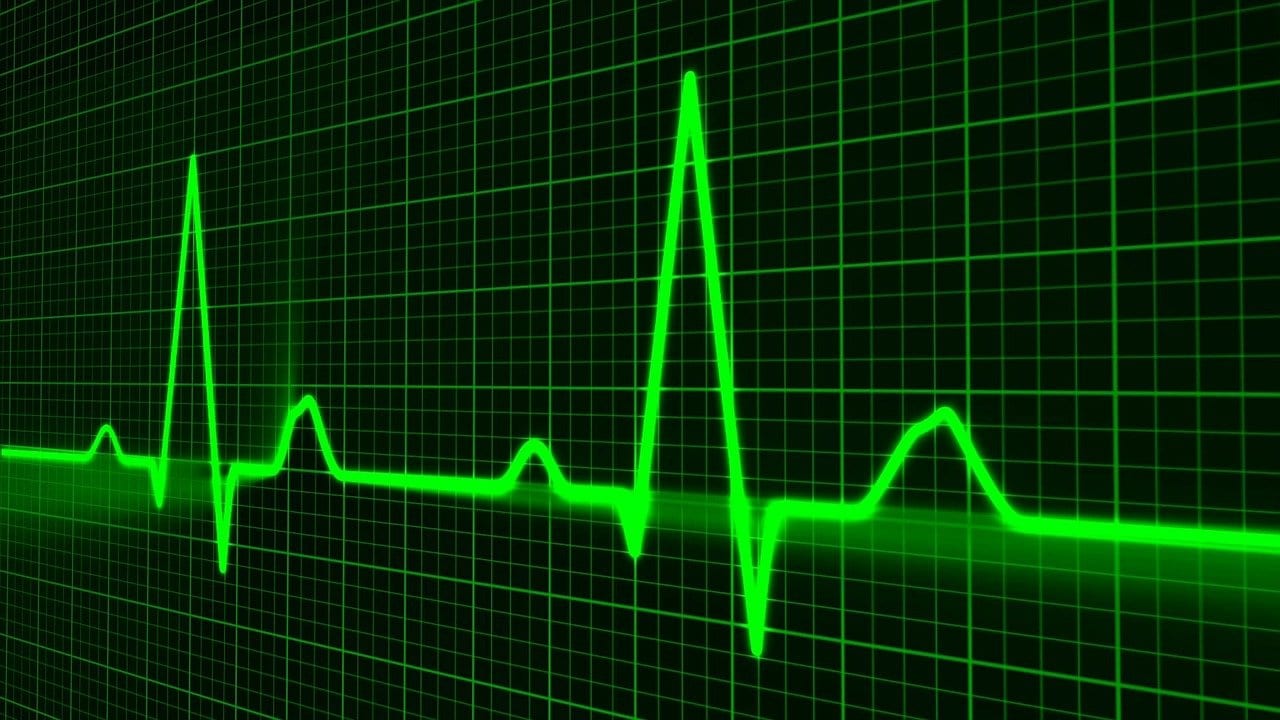Curvebeam at RSNA 2016
In November many of the greatest minds and innovators in radiology convened in Chicago for the 2016 RSNA. We had our talented and skilled team representing us and our innovations. While there we unveiled the prototype for the LineUP, a…



